The winning edge
Strategy wisdom, Fanatical simplicity, and empathic candour
When clients ask me to explain how I work, my answer is, “It depends.” On your situation, your challenges, your ambitions, and a whole lot more.
My approach is based on a practical philosophy and a common-sense process that will get you to the strategy you need, and ensure that you execute it for the results you want.
My aim is to bring a new way of thinking and acting to your company, and to help you simplify everything you do and the way you do everything.
You won’t get a one-size-fits-all solution. Or an inflexible Step 1…Step 2…Step 3 way forward. Nor will I create your strategy for you, or deliver all the answers to you in thick reports.
What I will do is help you craft and conduct your own Powerful Strategic Conversation. Ensure you’ve got your basics right, so your current business works optimally and you create a sound base for future growth and profits. And explore the new opportunities that are emerging around you today.
The key factor in my strategy philosophy is a belief that strategy depends on human imagination and spirit. And that the surest way to develop a sound strategy and turn it into action, is to involve as many of your people as possible, early and continually, in the process. And maybe customers, suppliers, and other stakeholders too.
This brings insights and ideas from many sources. Enriches your strategy. Inspires a sense of meaning and ownership in your people. And builds early understanding, support, and enthusiasm for rapid and effective execution.
So it’s collaboration all the way. Crafting and conducting your strategy together.
Decades of evidence from the world’s leading business thinkers confirm the value in my approach, and of the tools and techniques I’ll share with you. These, plus my experience and strategic thinking skill, will make a radical difference in how you run your business.
My approach is always focused on action and impact. On delivering results, today and tomorrow. On enabling you and your team to become better strategists and change leaders. And on making your organization a truly formidable—and sustainable—competitor.
my approach is simple, sound, and practical. no buzzwords. no bullshit.
It will change the way you craft and conduct your strategy, change your strategy, and keep your culture aligned to it.
Decide
Craft a strategy that effectively addresses your particular business problems and opportunities, and gives you the best chance of reaching your goals.
Act
Execute that strategy fast and well, so you outperform your competition and learn on the run.
Adapt
Tackle both tasks as one joined-up process that enables you to continually flex and adapt as you race into the future.
It’s all about communication
Strategy is a statement of intent—a point of view about where and how you’ll compete.
But it’s more than a way to frame your initial choices. It’s also a continuous and ongoing process of adjusting to new realities in and around your organization. And it can only do this well if it makes sense to everyone who should be guided by it.
Communication makes organizations work.
It’s what enables you and your colleagues to design strategy and execute it. Yet too often, it’s a taken-for-granted issue in strategy discussions. It “just happens.” And it’s assumed to always be effective.
But the reality is, poor communication is a crippling and costly problem for almost every organization. Whether you realize it or not, it’s probably hurting your company more than you know.
And the facts show that much trouble starts right at the top—with strategy.
Researchers at MIT found that only 28% of executives responsible for strategy in 124 companies could name their firms’ three top priorities. And the situation worsens at lower levels.
Unclear and jumbled messages ensure that vast swathes of people work in the dark—unsure and confused about 1) what to do, 2) why to do it, 3) how to do it, 4) how well to do it, or 5) how well they’re doing.
I’ll show you how to simplify and clarify your “strategy story” so you can remember it, explain it, and use it to inspire, align, and motivate your team—and to gain the support of other stakeholders.
I’ll also help you capture the essence of even the most complex strategy in just a few pages or PowerPoint slides, to make communication as easy and effective as possible. You’ll like what this does for you.
Strategy is created and executed through conversations between you and your colleagues, and with other stakeholders. It depends on communication. It enables communication. And it’s only as effective as the communication that goes into it and results from it.
10 Rules for Strategists

Your challenge as a leader is to take your people with you. So create a climate for high performance and engage them constantly in a rich, robust conversation.
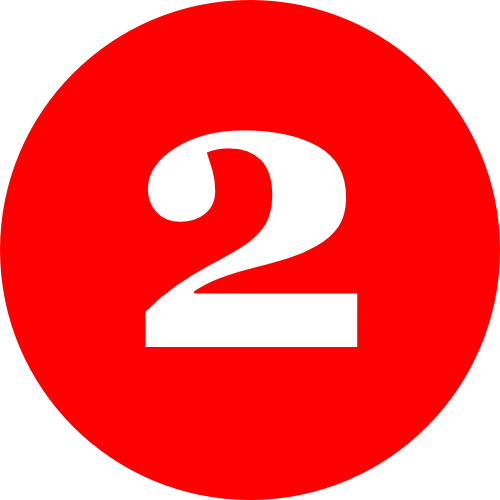
Make “a difference that matters”. Know what you stand for, and spell it out loud and clear and often.
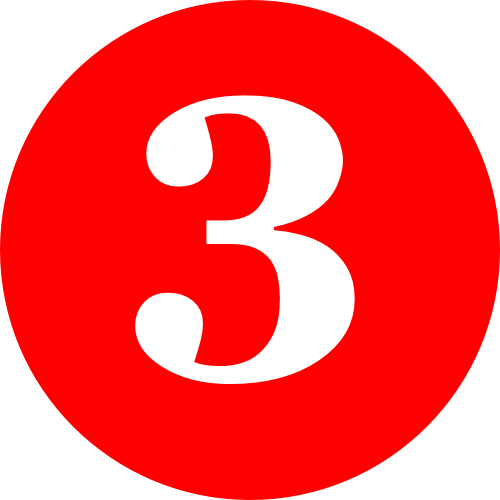
Focus on your “right” customer … forget the rest.
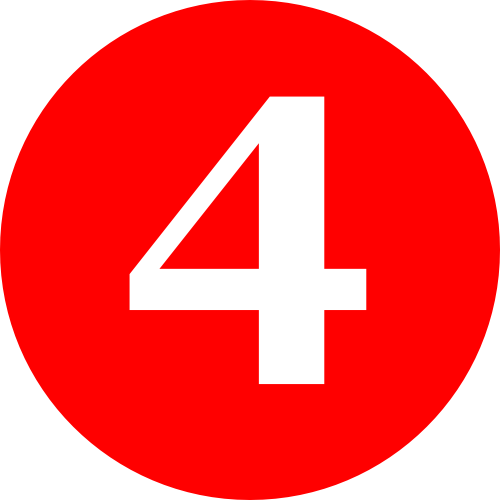
Relentlessly drive value up, costs down.
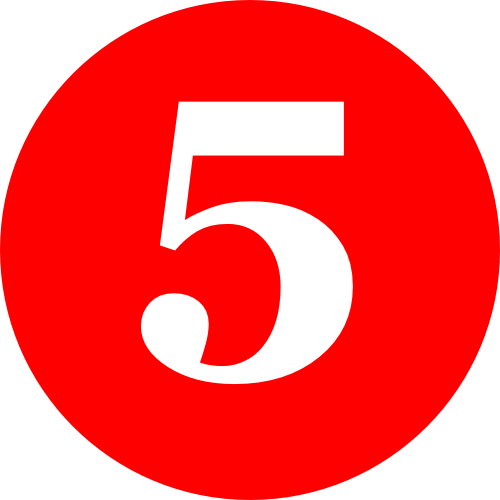
Get your “basics” right. Strike a balance between meeting customers’ expectations and surprising them with something new or better.

Experiment. Learn fast from everything you do, and share new insights with your whole team.

Accept complexity, but simplify everything you can.

Hold your course. Be boringly consistent and persistent. Don’t be tempted to zig-zag.

Be ready to change when you must … then do it with everything you’ve got.

Pace yourself … before any change ask, “Is this really the time?” If it’s not, wait. Sometimes, doing nothing is best.
Connect plans and actions
When you get right down to it, all strategy concepts and tools—scenarios, SWOT analyses, five-forces, core competences, blue oceans, disruption, and so on—facilitate particular conversations. So strategy itself is an outcome of conversation. Specifically, of 1) what gets talked about in an organization, 2) who is involved, and 3) the “quality” of that conversation.
There are two aspects to strategy:
CRAFTING strategy is about design—about framing how you see the world, deciding where and how to compete, defining goals and actions, allocating resources. It’s partly a “technical” matter, involving analysis, choices and trade-offs, and decisions. But it’s largely a social challenge, as people always make the difference.
CONDUCTING is the ongoing process of turning your intentions into action, and adapting to new realities as you move forward. It’s about sensing what’s changing in and around your firm, so you can continually and rapidly reframe your choices and priorities. And it’s about learning by doing. Applying new knowledge. Adjusting goals and actions. And shifting resources.
For one thing, as circumstances change, even the most carefully thought-through strategies erode—and become obsolete in a blink. Constant improvement may delay this for a while, but on its own can’t keep a business alive and competitive forever. There’s no future in becoming better and better at things customers don’t care about. So innovation and adaptation are vital in order to survive and thrive.
Second, strategy itself almost always involves change, and always requires buy-in from the people who are expected to execute it. And the best time to get support for change is as early as possible—by involving people in the decisions they will turn into action.
Powerful Strategic Conversation does all this, and more. Using this one tool enhances your competitiveness in multiple important ways. And together, the advantages it brings will equip you to deal with whatever the future throws at you.
Imperatives for impact
Ideally, your strategy should spell out the fewest possible choices and actions that will lead to success. The less you include in it, the better. Too much, and you’ll confuse your people and bog your organization down.
There are countless tools to help you with these choices. What’s missing, though, is simple, sound, and practical guidance on the overall strategy process. So firms are stuck with methodologies that date from decades ago, instead of one that’s relevant for these fast-changing, turbulent times.
My way helps you make smart decisions about where and how to compete, and at the same time empowers and inspires your people to get the right things done. And it helps them learn and grow so they become more capable and confident. So it rests on four imperatives, with the aim of making them everyone’s concern and a way of life in your firm:
I bring exceptional clarity and rigour to strategic conversation, with a unique approach that makes it a practical and powerful leadership tool.
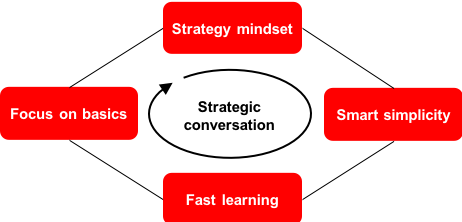
1.
INCLUDE as many people as possible, with a DIVERSITY of views, as early as possible.
2.
3.
4.
I’ll help you create and execute a winning strategy through Powerful Strategic Conversation—and do it faster and more easily than you imagine.
